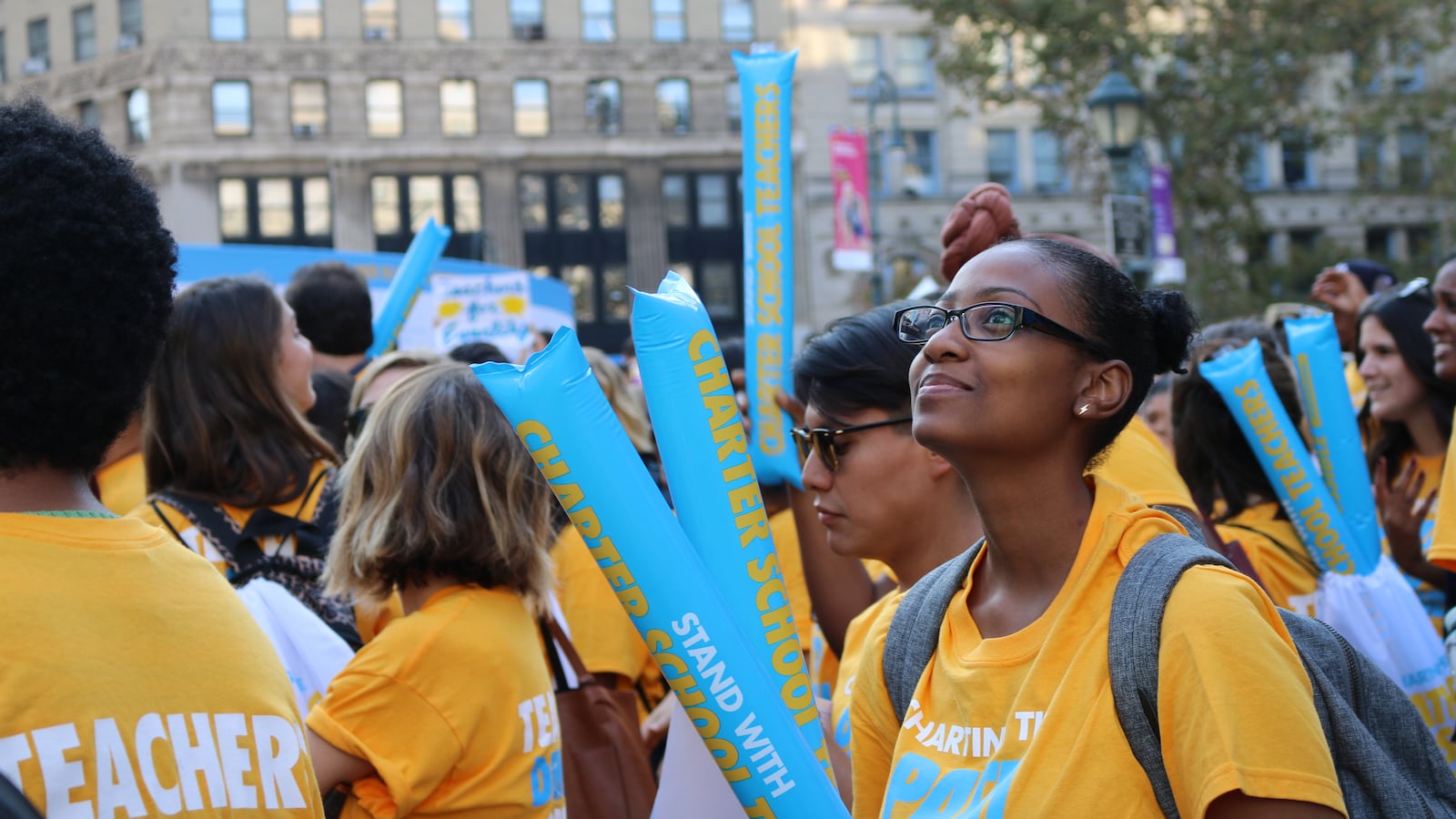As charter schools have expanded, critics across the country have offered a similar complaint: they drain money from public school districts.
A new study puts a price tag on this.
In one North Carolina district, officials had $500 to $700 less to spend on each of its remaining students because 15 percent of local students attended charter schools in the 2013-14 school year, according to the research. That burden falls on the district because some costs, like building maintenance, don’t immediately drop even when there are fewer students to teach.
It’s a substantial hit — between 6 and 8 percent of state and local school spending in the district, Durham County. And it underscores the challenge facing districts where students are choosing other options for school, but the school district itself struggles to cut spending enough to make up for the lost funding.
Charter schools “may expand choice for some students while imposing costs on taxpayers and students that remain in district schools,” write researchers Helen Ladd and John Singleton.
When charter schools attract students, districts struggle to cut
Not all school district spending is created equal. Some things, like the size of the teaching force, or the number of textbooks, can be cut fairly easily when a district loses students. Others are more fixed — building costs and most central office administration, for example.
The research, which has not yet been formally peer-reviewed, used detailed financial data from several districts to sort their spending this way and then estimate what districts’ spending would look like without local charter schools.
For Durham County, where about 15 percent of students attended charters in the 2013–14 school year, the extra burden on the district came out to between $500 and $700 per student. In several less urban North Carolina districts with fewer charters, the impact was more modest but still negative, usually less than $300 per student.
Other research has come to similar conclusions for two urban New York districts, Buffalo and Albany, where charters had even larger negative financial impacts on the local school districts. (There has been no national research on the issue, and the financial effect of charters varies based on how individual districts and charter schools are funded.)
This kind of research is tricky, because it requires complicated judgments about which district costs are fixed and which are variable — and most aren’t clearly one or the other. For instance, although the new North Carolina study categorizes buildings and school administration as “fixed,” districts could reduce both by closing schools.
“In the long run, costs may not be fixed at all,” said Ladd, a Duke professor.
At the same time, even so-called variable costs, like teacher salaries, aren’t always easy to reduce immediately.
“If Durham, for example, loses 15 percent of its students, that doesn’t mean all those students are going to come from a particular school where you can cut back classrooms,” Ladd said.
One part of school choice discussion
The findings go straight to heart of the national debate about charter schools. Supporters say they give students added options and can spur improvement in district schools; critics respond that choice comes at the cost of other students, who may see their schools lose money and even close as a result.
The latest study complicates the idea that each student’s share of resources should be individually divvied out — often referred to by school choice supporters as the “the money following the child.”
How does all of this affect student learning? If district schools everywhere were losing hundreds of extra dollars, like Durham, you might expect their test scores to decline. Past research says district schools nearby charters usually don’t see their scores drop, including in North Carolina, but that could be because most of those studies don’t look at school districts as a whole, and thus might not capture the effect of lost resources.
District schools in New York City saw scores rise a bit from being located close to a charter school, according to a recent analysis. Those schools actually had their spending increase and student–teacher ratios fall as they lost students.
For now, Ladd and Singleton’s research sheds light on one important component in the debate about charters, not the full package of pros and cons.
“For evaluating the social value of charter schools, a more complete analysis of benefits and costs would be required,” Ladd and Singleton write. “That analysis would have to include any benefits from charter school expansion through greater choice for parents and children, as well as any additional costs in the form of, for example, greater racial or economic isolation.”


